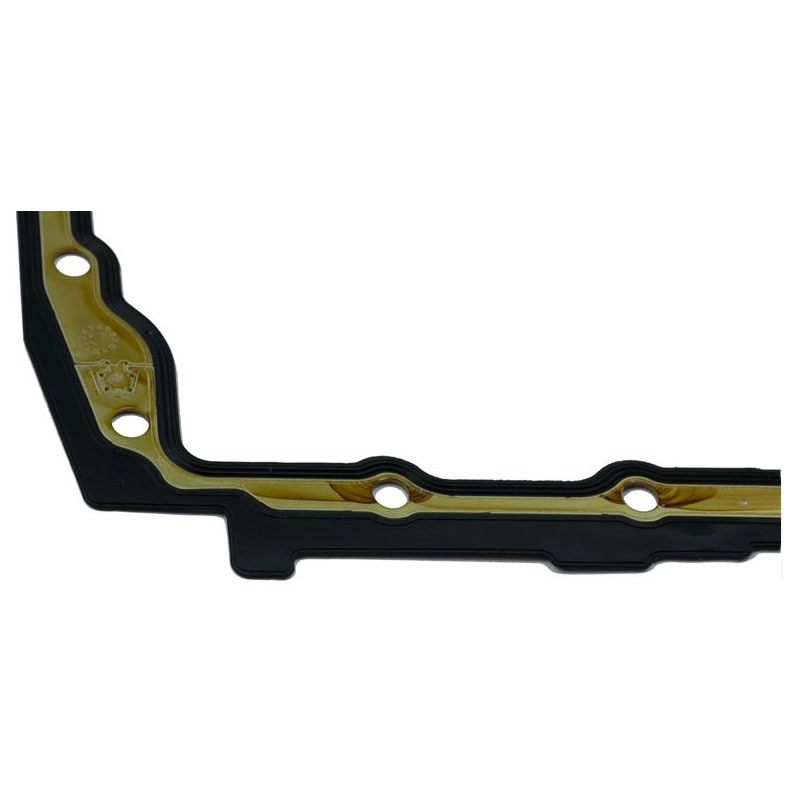High-Quality 100x130x12 Oil Seal for Enhanced Performance and Durability in Various Applications
Understanding Oil Seals The Importance of the 100x130x12 Specifications
Oil seals, often referred to as radial shaft seals or lip seals, are critical components used in various machinery and automotive applications. They are designed to prevent the leakage of fluids, such as oil and grease, while simultaneously excluding contaminants from entering the system. Among the myriad of oil seal specifications available in the market, the size 100x130x12 is noteworthy and requires a detailed understanding of its function, construction, and applications.
Dimensions Explained
The designation 100x130x12 specifies the dimensions of the oil seal. The first number, 100, represents the inner diameter of the seal in millimeters. This means that the oil seal fits onto a shaft or housing with a diameter of 100 mm. The second number, 130, indicates the outer diameter, which is 130 mm. The last number, 12, refers to the thickness of the seal, which is 12 mm. These precise measurements are essential for ensuring a proper fit and effective sealing performance.
Functionality of Oil Seals
Oil seals fulfill crucial roles in machinery. Their primary function is to contain lubricants such as oil or grease within rotating components, preventing leaks that could lead to decreased efficiency, increased wear, or damage to the machinery. The sealing lip, which makes contact with the shaft, is engineered to create a tight barrier against fluid loss, while its design allows for smooth rotation without excessive friction.
Additionally, oil seals also protect against external contaminants like dust, dirt, and moisture, which can severely impact the performance and longevity of machinery. By ensuring that only the necessary fluids are contained within the system, oil seals contribute significantly to the reliability and efficiency of various mechanical applications.
Materials and Construction
oil seal 100x130x12

The construction of oil seals is pivotal to their performance. Typically, these seals are made from a variety of materials, including rubber compounds, thermoplastics, and metal reinforcements. The choice of material affects the seal's durability, temperature resistance, and compatibility with the fluids being sealed.
For oil seal 100x130x12, several materials such as nitrile rubber (NBR), fluorocarbon rubber (FKM), or silicone rubber may be used, depending on the application requirements
. NBR is often preferred for its excellent resistance to petroleum-based oils, while FKM is chosen for its ability to withstand higher temperatures and aggressive chemicals.Applications of 100x130x12 Oil Seals
The 100x130x12 oil seal finds applications across different industries, including automotive, industrial machinery, and agricultural equipment. In automobiles, these seals are commonly utilized in engines, transmissions, and axle assemblies. They play a vital role in maintaining oil integrity and preventing leaks that can lead to performance issues and potential engine damage.
In industrial machinery, oil seals are crucial in hydraulic systems, conveyor belts, and rotating equipment. Their reliability helps ensure that machines operate smoothly without disruptions caused by fluid leaks or contamination.
Conclusion
The oil seal 100x130x12 is a small yet pivotal component that ensures the efficiency and longevity of various machinery. Understanding the specifications and applications of this oil seal highlights its importance in maintaining fluid integrity and protecting machinery from potential damage. As industries continue to evolve, the role of high-quality oil seals remains indispensable, proving that sometimes, the smallest components can have the most significant impact.
-
Your Essential Guide to Car Repair Kits: From Rust to Dings
News Jun.13,2025
-
Understanding Vital Engine Seals: Key Gaskets in Diesel and Performance Engines
News Jun.13,2025
-
The Vital Role of Bearings in Marine and Boating Applications
News Jun.13,2025
-
Sealing the System: A Complete Guide to Engine Oil Gaskets
News Jun.13,2025
-
Sealing the Foundation: A Complete Guide to Engine and Transmission Pan Gaskets
News Jun.13,2025
-
Essential Bearings and Hubs for Marine Vessels and Trailers
News Jun.13,2025
-
Your Complete Guide to Automotive Oil Drain Plugs and Valves
News Jun.12,2025
Products categories















